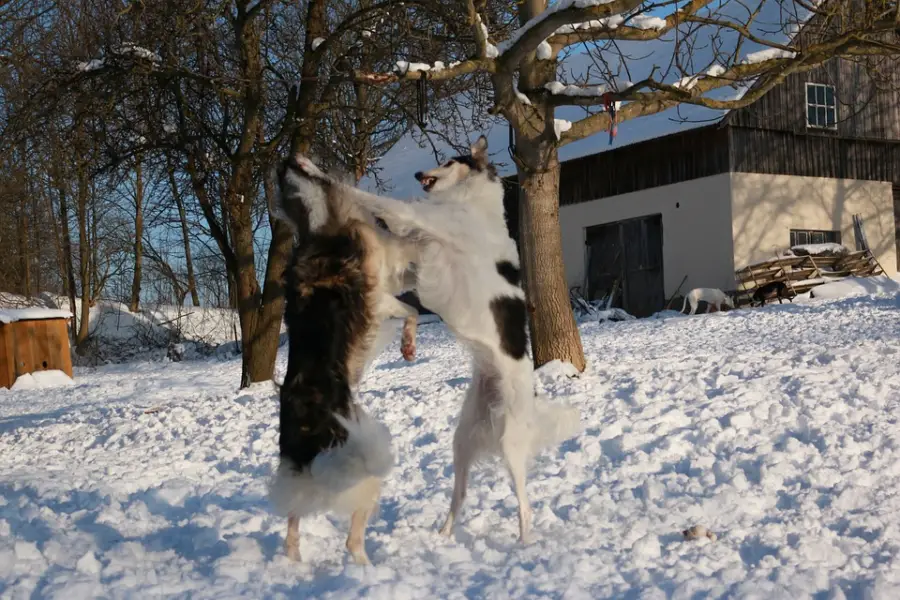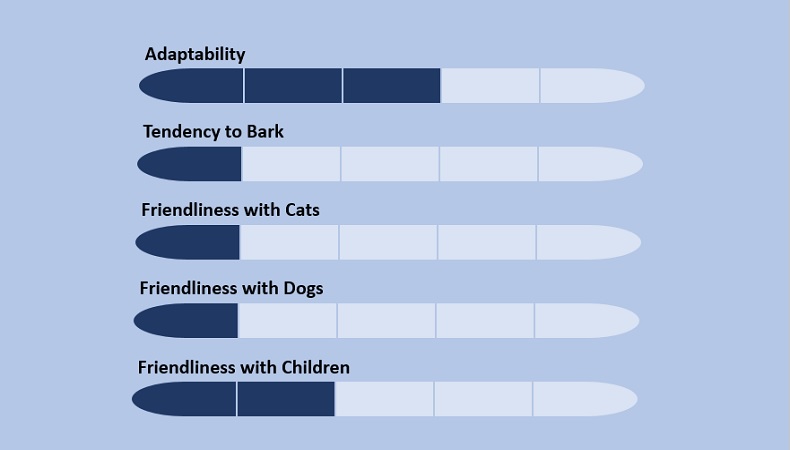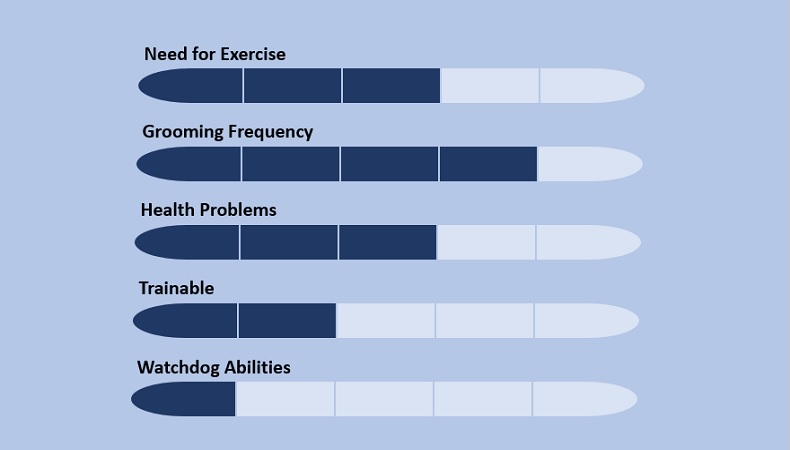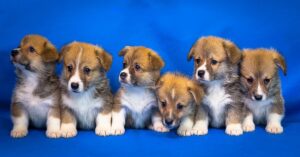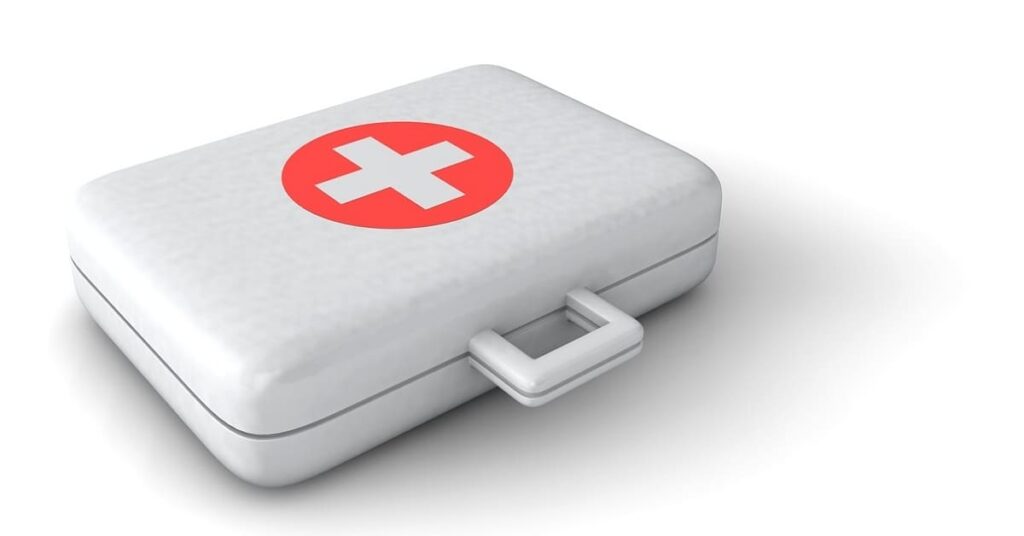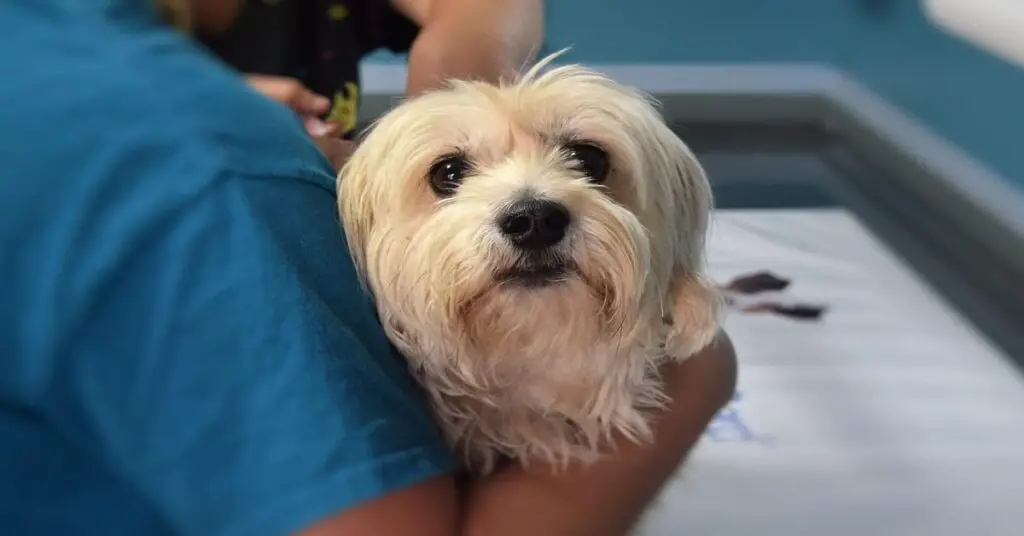BORZOI
Also Know as:
Russian Wolfhound, Russkaya Psovaya Borzaya, Psovoi, Barzoï
.
Origin: Russia
Type: Pure Breed
Height: up to 71 inches
Weight: 60 to 105 pounds
Life Expectancy: 10 to 12 years
BORZOI TEMPERAMENT
The borzoi are gentle dogs, even though they are active in nature, they are highly intelligent and unlike the Basenji, this intelligence shows itself in the good manners which the dog has around people, they are nervous around kids because kids are unpredictable around them and confusing, unlike adults. Very brave dogs, they want to dominate other dog breeds around them. They are fearless against other animals and this is shown in the various faceoffs they have had with wolves with them coming out victorious, but unfortunately for them, this bravery and fearlessness backfire when faced with bigger breeds. You will find the Borzoi making alliances to face off a bigger breed but the endpoint is always for them to lead the pack when it comes to other dogs.
.
BORZOI PHYSICAL APPEARANCE
Having an uncanny resemblance to the Afghan hound and the Saluki, the Borzoi’s coat is silky and flat. The coat may be slightly curly or wavy at times but should not be wooly. In cold seasons, you will find that their soft undercoat gets thick to give them more protection from the cold, this thick undercoat is shed off naturally in hot seasons to avoid them overheating.
As per color, they can come in different variations of Black, Brindle, Cream, Red, Sable, and White.
In height, the male borzoi stands up to 28 inches and the female stands up to 26 inches. In weight, the male borzoi can weigh between 75 to 105 pounds with the females weighing between 60 to 90 pounds.
BORZOI CHARACTERISTICS
BLOODHOUND CARE

BORZOI HISTORY
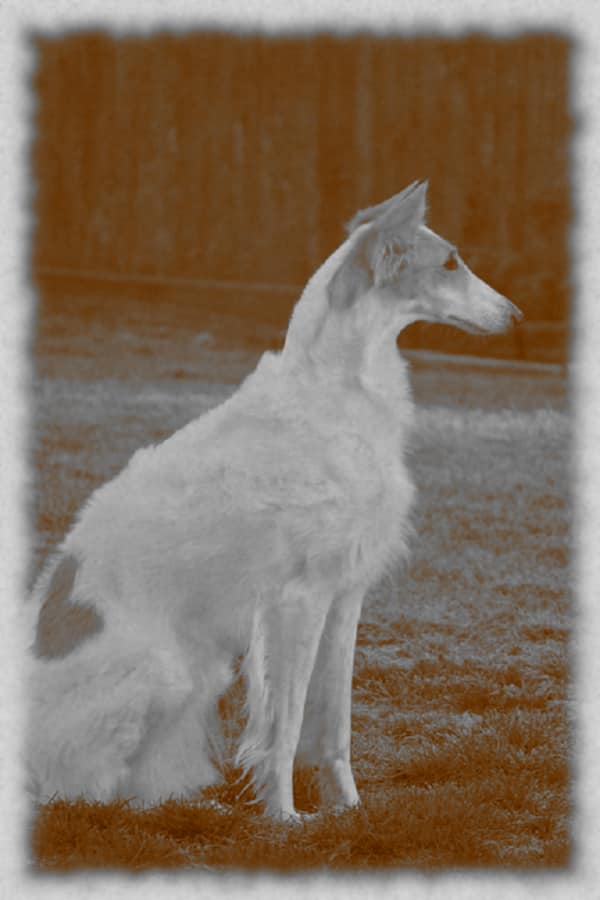
The first mention of the Borzoi dog was when Kublai Khan came to Russia. It is said that he brought the Borzoi breed with him. Although this claim has been challenged, one major thing that sticks is that most of the breeds he came with were crossbred with Russian dogs and today’s Borzoi dog is a result of this cross-breeding. This also explains the dog’s exceptional ability to deal with wolves as this was one of the major requirements of dogs back then in Russia apart from their normal herding jobs.
The Borzoi was very popular among the elites in Russia before the revolution of 1917. Then, these dogs could not be bought but were only given as gifts from the Tsars of then to elites of grand standings. One of the famous breeders then was the son of Nicholas 1 of Russia, the Russian Grand Duke Nikolai Nikolaievich. He is known to have bred hundreds of Borzoi dogs in his private kennel at Perchino. There were many variations of the Borzoi breed then but after the revolution, most of them were ignored with led to them going extinct.
During this period, the Russians carried out tests in which the Borzois were expected to hunt wolves in pairs. This was mainly organized by hunters. They would sight the wolf and release the Borzois to attack the wolf. The Borzois would usually attack the wolf from both sides at the same time, making it hard for the wolf to defend itself. The Borzoi would then hold the wolf down and wait for the hunter to finish the hunt with a vintage kill, usually done with a knife.
After the 1917 revolution which saw the slaughter of the Romanov family, Russian nobles, and aristocrats, it took Borzoi enthusiasts from Europe and America to maintain the breed by importing them into Europe and America. It was during this time that the Borzoi got the name “Russian wolfhound”. It wasn’t until 1936 after much debate that it was agreed to be identified by its original name “borzyi” meaning swift in Russia.
Even though today’s breed does not look like what the nobles and aristocrats of the Russian family breed, there is no denying their nobility and grace even with the way they carry themselves around today.
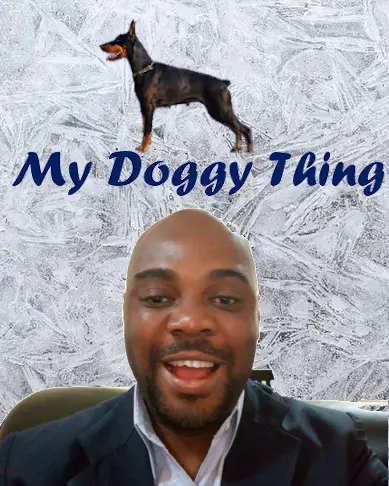
Hi, I am Charles Nwankwo Editor-in-Chief, Mydoggything.com. Gleaning from Professional Dog Trainers, behaviorist, Registered Veterinarians, and Breeders. We are passionate about making dog care easy for you. My job is to make sure that you get the best-updated dog care information to understand and take care of your dog or dogs.
